Today, sustainability and performance are not an either/or proposition. Polylactic acid (PLA), derived from renewable resources, pla plastic is turning out to be among the first frontrunners as industries look for more ecological alternatives to traditional petroleum-based plastics. PLA is known to be biodegradable and has renewable origins, and it’s commonly used for 3D printing, but it’s also being used in the injection molding machine for pla injection molding as well.
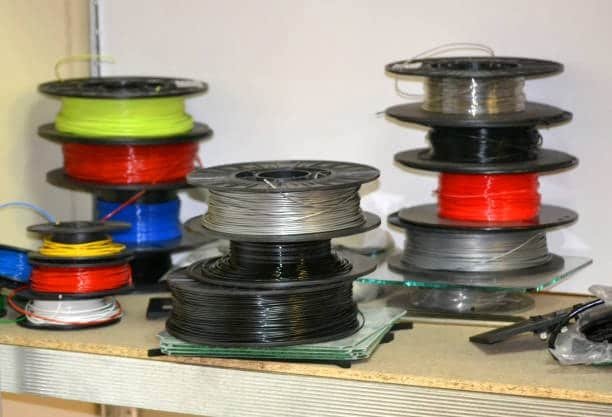
By combining the advantages of PLA (environmental friendliness), and the efficiency of injection molding, new avenues for manufacture of eco-friendly, precision made plastic parts become possible, offering many benefits . In this article, we explore how PLA can perform in the pla injection molding process and the various processing methods , which are its advantages and disadvantages, and why is so becoming a valuable material for sustainable production, especially considering its glass transition temperature .
What Is PLA?
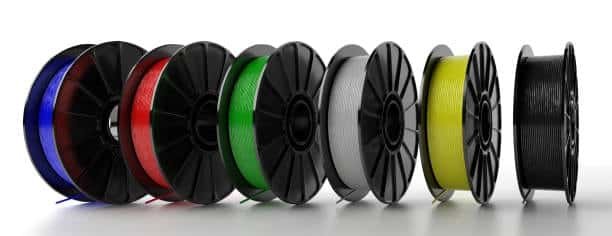
Most of the bioplastics are made from PLA, also known as polylactic acid, which comes mostly from renewable resources and raw materials such as corn starch, sugarcane or cassava. It is a thermoplastic polyester which can be processed similarly to the plastics like ABS or polypropylene. Unlike most synthetic polymers, however, PLA is compostable under industrial conditions, and this biodegradable plastic characteristic is an attractive feature of any material in the realm of environmental responsibility.
Its physical properties include aspects such as melt viscosity :
- High rigidity
- Excellent clarity (when desired)
- Low warping
- Ease of processing
The combination of its characteristics together with its sustainable sourcing makes PLA highly suitable for many applications ranging from consumer goods to thin walled products, thick walled products packing to medical applications products.
Why Use Injection Molding for PLA?
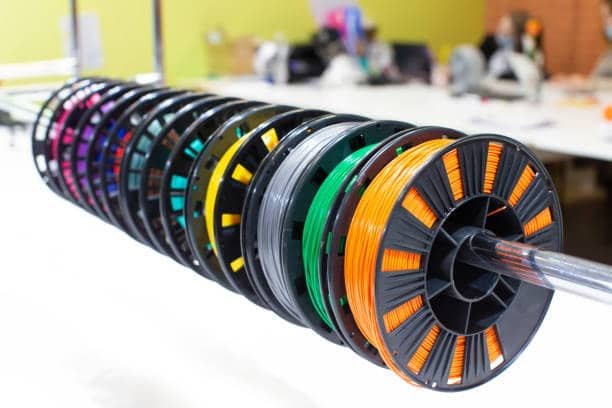
PLA has achieved fame within 3D printing yet injection molding operates as a mass production system for generating high-quality parts from PLA materials. The procedure starts by heating the material until it reaches its low melting point and turns into molten form before adding it to an injection molding machine to make products with specified shapes that fit into the mold cavity during the cooling effect of the process.
The Injection molding technique proves most suitable for creating PLA products because it offers these benefits:
- Mass production of uniform parts
- Complex shape products receive long-lasting mold tools from injection molding systems
- The manufacturing process runs at fast speeds while producing small material waste.
The production process of PLA generates rigid visually attractive plastic products for different industrial sectors when handled appropriately.
Key Benefits of PLA in Injection Molding
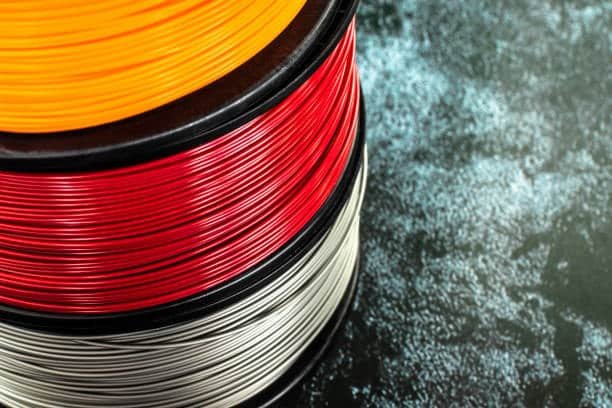
1. Environmentally Friendly
The standout characteristic of PLA involves its ability to biodegrade thoroughly, while it also absorbs moisture from the surrounding environment . Within commercial composting environments PLA dissolves to water and carbon dioxide over a few months span during the cooling time while petroleum-based plastics remain unchanged for many hundreds of years. The plant-based origin of PLA helps decrease dependence on fossil fuels along with its ability to decompose under proper industrial composting, making it an excellent choice for food packaging applications .
2. Renewable and Sustainable
PLA comes from plants which growers can use for yearly new harvests. The manufacturing process of PLA generates lower carbon emission than traditional plastics which positions it as one of the best thermoplastic materials available for sustainability amidst the growing demand for eco-friendly solutions .
3. Odor-Free and Non-Toxic
PLA releases minimal VOCs (volatile organic compounds) while being processed thus providing increased safety conditions in workplace environments and food processing and skin contact environments. Production companies can use pla pellets as this food safe material under FDA standards for specific food packaging requirements and commonly use it in plastic injection molding for sanitary products and medicine containers.
4. High Detail and Surface Finish
In moulding through injection PLA successfully replicates exact details from mold design which fits products that need complex shapes or various shapes, including branding inscriptions, showcasing its unique features . The material produces a refined glossy surface when it comes out of its mold shape.
Challenges in Injection Molding PLA
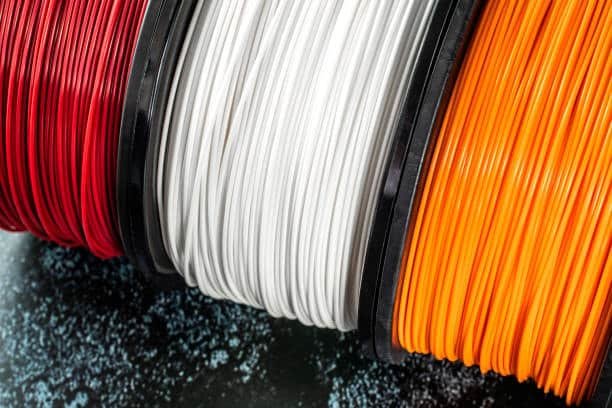
Manufacturers dealing with PLA must overcome several processing obstacles because of its mechanical properties, including achieving dimensional stability and advantages.
1. Low Heat Resistance
PLA remains stable between temperatures of 55–60°C as its glass transition point and its melting point occurs at 160–180°C. PLA parts readily change their shape because exposure to high temperatures or extended sunlight. PLA functions poorly in hot temperature environments because of its diminished performance characteristics.
2. Brittleness
PLA exhibits more brittleness than ABS plastic alongside polyethylene materials so it limits its function in parts needing strong mechanical performance along with repeated bending.
3. Moisture Sensitivity
The material characteristic of PLA allows it to draw moisture from surrounding air. The presence of moisture content in PLA can result in surface defects and voids as well as deformed shapes. The quality performance of PLA molding depends heavily on following the necessary step of pellet drying to optimize cycle time .
4. Narrow Processing Window
PLA requires tighter temperature and pressure conditions during the injection molding process compared to other less demanding plastic materials. The processing of PLA demands exact control of the molding machine under high pressure and injection speed to protect it from deterioration and secure complete mold filling.
Best Practices for Molding PLA Successfully
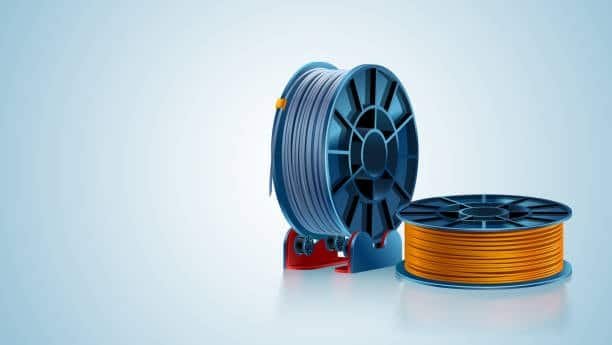
The achievement of maximum potential from PLA in injection molding requires meticulous attention to details. Here are several best practices:
- Before processing all PLA material needs proper drying until its moisture content reaches below 0.025%. The drying process sets at 40–50°C for minimum 4 hours to achieve proper results.
- The mold temperature should stay between 20–60°C to enhance mold surface quality and dimensional consistencies.
- Injection pressure needs to be low during PLA processing since molten PLA has low viscosity.
- The material should remain in the hot barrel for short periods only because prolonged time in high heat will destroy the polymer and cause discoloration alongside brittleness.
Common Applications of PLA Injection Molding
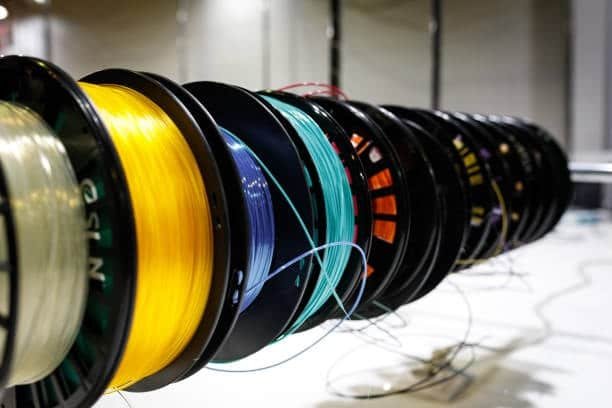
The correct processing techniques together with suitable design options enable PLA to create different types of manufactured components using raw materials .
- PLA serves as a material base for disposable food-related products including cutlery containers along with packaging.
- Medical products: Trays, casings, and biodegradable medical disposables.
- Consumer goods: Toys, home décor, electronics housings.
- Prototyping: Short-run production parts where sustainability matters.
The biodegradable plastic characteristics of PLA make it suitable for environmental responsibility-based branding strategies compared to other plastics .
Future Outlook: Can PLA Replace Conventional Plastics?
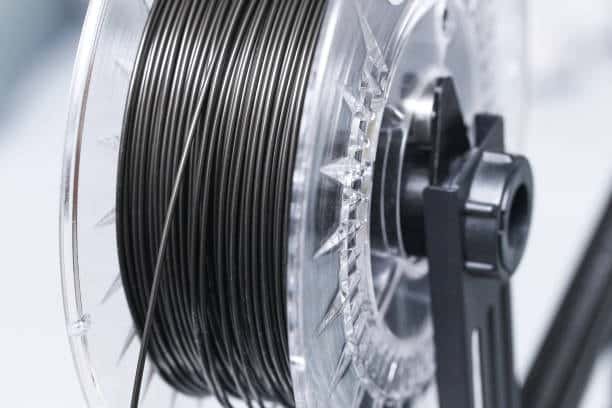
The evolution of PLA proceeds toward reaching high-grade engineering plastic performance but this level remains unattained at present. The field of research produces improved thermoplastic components, including lactic acid PLA blends which enhance their impact resistance. and heat tolerance as well as moisture protection capabilities, with ongoing studies examining the effects of molecular weight . The rising demand for environmental-friendly materials has fueled increased adoption of PLA bioplastics alongside other such alternatives.
Researchers create hybrid materials and develop both additives and co-polymers for PLA which address its weaknesses throughout maintaining its sustainable properties. The development of PLA as an alternative solution will expand in upcoming years because manufacturing technologies will improve and worldwide composting facilities will increase in number, providing a viable option compared to other materials .
Phần kết luận
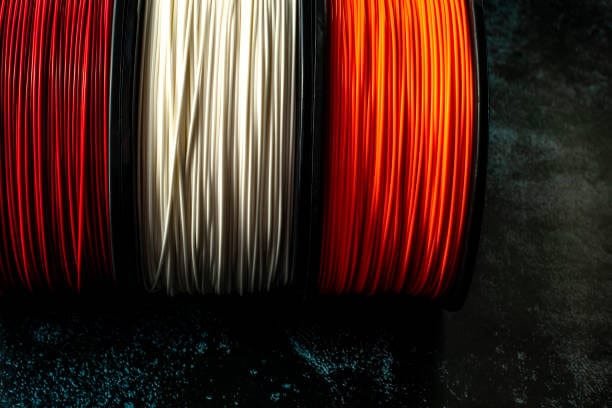
The process of making parts by injecting PLA demonstrates an effective union between eco-friendly production while maintaining production accuracy. Plante-based PLA stands as a sustainable alternative to classic plastics because it is a popular material due to its pla material origins, its low toxic properties, its ability to degrade easily, its capacity to form various shapes, and ensuring a high-quality finished product. The smart decision for innovative manufacturers today involves choosing PLA and utilizing rear templates for guidance due to its versatile material nature and continuous development alongside its increasing market adoption., while considering the air dew point for optimal conditions .

